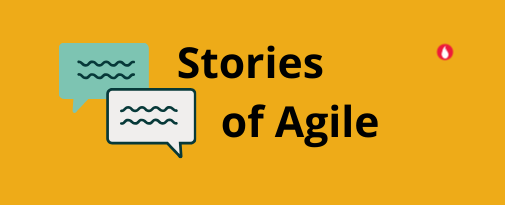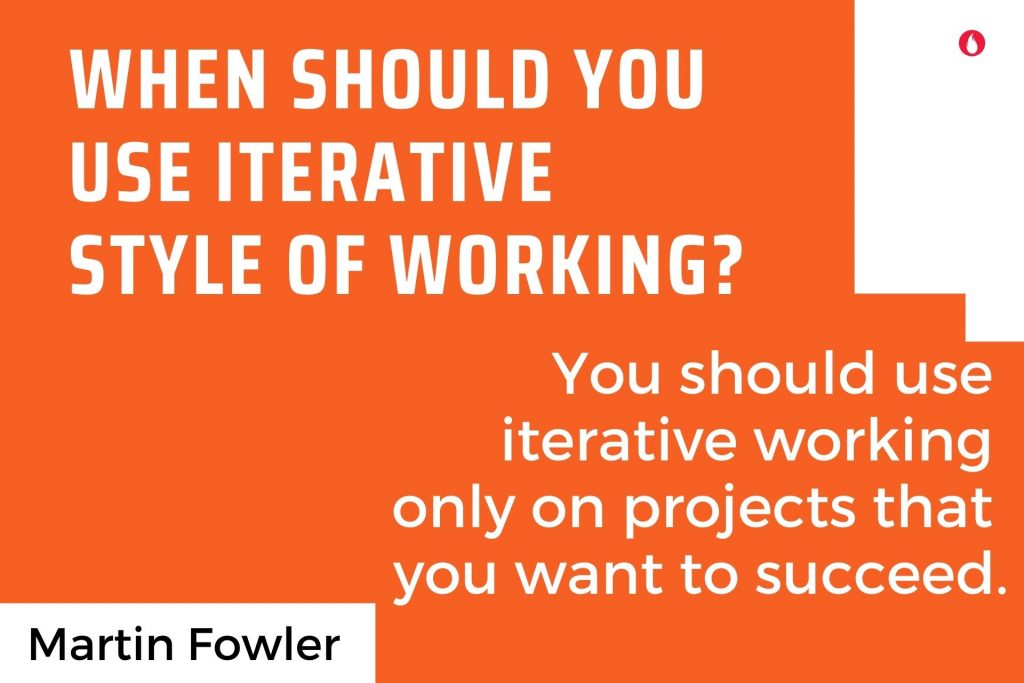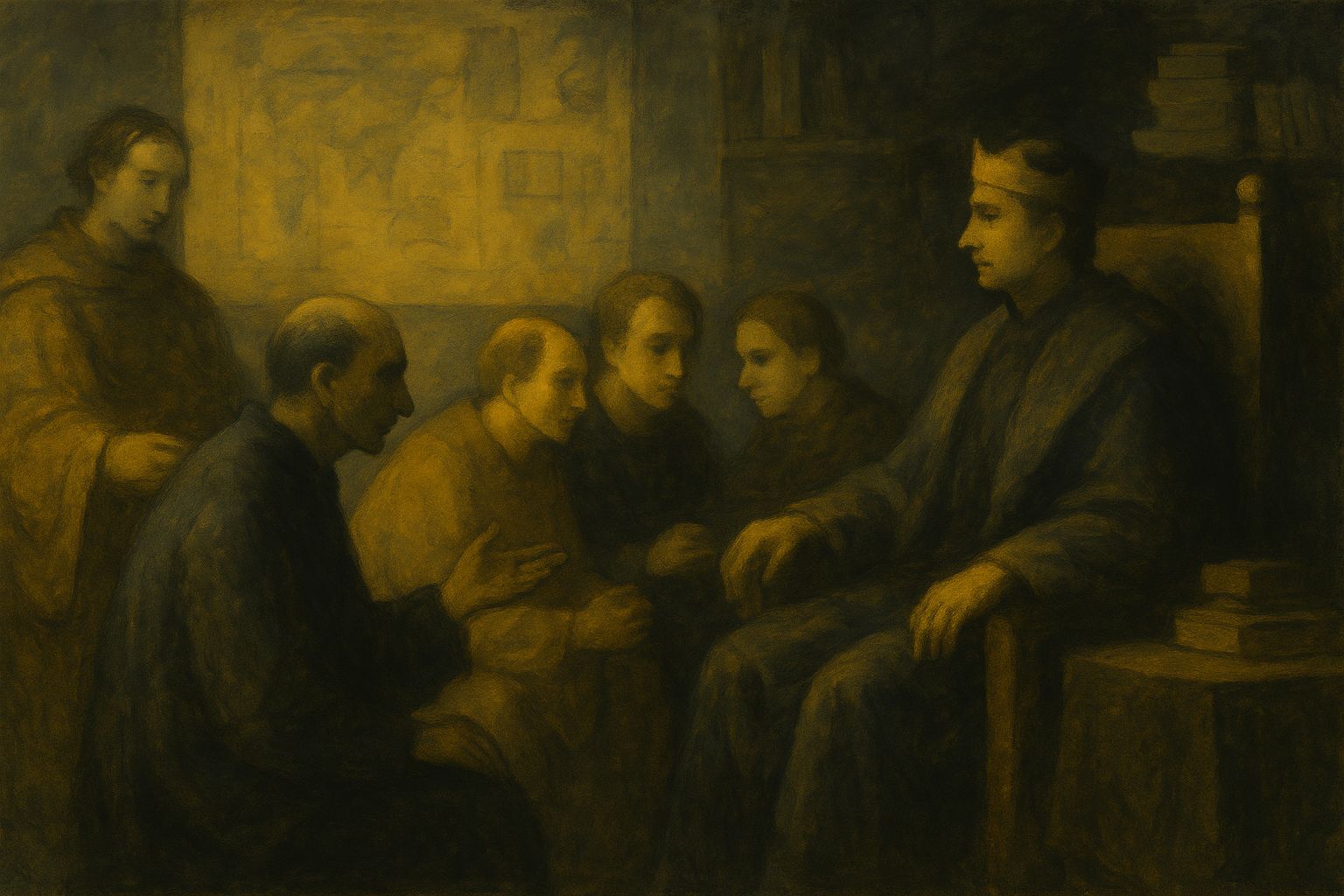
Every successful Agile transformation has basics they have gotten right, and hence look similar. While the unsuccessful transformation efforts are unique in their own ways. This is the Anna Karenina principle which we are applying to agile transformations. Leo Tolstoy proposed this principle for families in 1877 when he said ‘All happy families are alike; each unhappy family is unique in its own way’. We find that this principle applies to families as much to Scaling Agile transformations.
All successful Agile transformations combine tangible and intangible changes to achieve outcomes. Tangible changes bring clarity to teams. Symbolic and intangible changes build momentum for change. It is this combination of people, process and technology which serves as the catalyst and at times the differentiator for organisations. In this edition of the Agile Owl, we feature IDX, a firm which combined the tangible and intangible factors to create change. It is also rumoured that this Scaled Agile Program has recently run into rough weather. Read on to find out more.

First Scaled Agile Program
This story from IDX begins around 1996 right until 2006, when it merged with GE healthcare in a 1.2-Billion-dollar deal. IDX was one of the largest US healthcare software companies with over 400 customers. It had 8 business units and each unit had 2-3 products. These products were largely acquired and hence had limited interoperability. The customer experience right from the product page till the last mile was vastly different. The IDX leadership realised that they had to build a system of inter-linked products to be competitive in the market. This meant the coming together of all business units in an ongoing manner.
Begin with People and Processes
The IDX team adopted Scrum, an Agile methodology, at an organisational scale. A first-hand account by Jeff Sutherland says this was a first scaled Agile program. Remember it was 1996, the World Trade centre and Lehman brothers still stood tall. Legend has it that a meta scrum or Scrum of Scrum as it is now called, was prototyped at IDX.
A Scrum of Scrums (SOS) allows an organisation to take stock quickly, in an intricate dance of huddles. We featured the steps involved in a Scrum of Scrum here. Every team huddle answered three important questions and remained time boxed at 15 minutes.
1.What has my team has done so far since we last met that could affect other teams?
2.What will my team do before we meet again that could affect other teams?
3.What problem is my team facing that could earn help from another team to get it resolved?
Leaders would then begin removing obstacles in the way of their teams.
Leaders relinquish titles
Not only did leaders and managers adopt the ‘servant-leader’ mindset, they gave up their fancy titles and designations too. Directors took on the designation and roles of running Scrum of Scrums. Vice Presidents became leaders of sites of Scrum teams. Managers gave up their managerial title. While this may seem like an ‘on the surface’ change with no other ramifications, it does cause a ripple in the ecosystem of the organisation. These intangible moves at times become as important as the visible/tangible changes of processes.
Inter-linked teams and goals
Leaders also created inter-linked goals for their teams. They created processes and systems where every team could see what others teams were working on real-time. Reports suggest in six months’ time, customers were able to see a significant improvement in their experience with IDX. This period also saw a 1.2 billion USD merger between IDX and GE healthcare.
Has the agile ways of working at IDX continued within GE healthcare too? Reports from Wall Street Journal claim Agile is thriving in GE Healthcare and Steve Denning in Forbes suggests Agile has not survived the bureaucracy of GE.
Agile values People over Processes
Irrespective of the current state of agile implementation in GE healthcare, one crucible for transformation programs is clear ‘People over processes’. The Agile Manifesto clarifies that while processes are important, people always take precedence. Whenever organisations can deploy structures, processes, and technology to enable people, they succeed. When organisations mix tangible and intangible levers to build momentum for change, they do better. Agile manifesto gives people a mindset concoction to approach change and create value. Many Scaled Agile frameworks give organisations the ‘how’ to achieve them.
Apart from one story which captures the human centric change in the world of Agile, the Agile OWL brings to you every fortnight, the latest reads, books, trivia, and quote from the world of Agile and its methodologies. Stuff that caught our attention. This is edition 15 and we carry seven useful links for you. Tell us what you thought of them.

From social media:
1.Have you ever been so excited with an idea that you walked right across to the customer to bounce it off? Here is an amazing article on the pitfalls of asking customers what they think of the idea and to pitch it right. Read more here.
2.Staying with the theme of ideas, when is it a good time to Scale an idea? This article offers a few lenses to consider the scaling paradigm.
3.Last edition we shared the latest Scrum Guide for 2020. This guide had a new element added, called the Product goal. If you wanted to dive deeper into the concept, this blogpost could be a good starting point.
From the bookshelf:
Here is a book which discusses the best practices of scaling scrum. Written by Ken Schwaber, one of the creators of the Agile Manifesto , it is a guide and a map of how Enterprise Scrum evolved. We found an eBook version here.
From the tool box:
We had carried a curation of Retrospective resources, here is one more interesting retrospective-Wiki page we came across. This carries useful and simple ideas to make your team reflections more effective.
From the trivia & fact box:
GE Healthcare, the firm IDX merged with was incorporated in 1994. Yet it as a 100+ year history. Its first origins is from 1893 where it was created as Victor Electric company, in a basement for making electrostatic generators for X ray tubes. They had a staff of six and an investment of 3000$. Read their entire journey here
#AgileQuotes to sign off..

Note : This post is Edition 15 of the Agile OWL from the OWL umbrella. The Agile OWL is a newsletter focused on the human experiences and stories within agile transformations. Sign up to receive the newsletter here







